Science, Space and Technology News 2024
Using the James Webb Space Telescope, astronomers discovered water and organic molecules in a planet-forming disk around a young star in an extreme environment, revealing that Earth-like planets could form even under harsh conditions. Credit: SciTechDaily.com
The disk, which the astronomers call XUE-1, is exposed to intense ultraviolet radiation of nearby hot, massive stars. Yet even in this harsh environment, the observations detected both water and simple organic molecules. Ramírez-Tannus says: “This result is unexpected and exciting! It shows that there are favorable conditions to form Earth-like planets and the ingredients for life even in the harshest environments in our Galaxy.
Massive stars are perforce very bright, giving off large amounts of high-energy UV radiation. Their presence causes considerable disruption in their vicinity. It was an open question whether that disruption would routinely interfere with the formation of planets like Earth around stars similar the Sun – which would relegate Earth-like planets to the sidelines in such massive clusters, not impossible to form, but very rare. There were plausible arguments that this could be the case.
The observations the astronomers performed record spectra: rainbow-like decompositions of light that allow estimates of the presence of specific molecules in the observed region. To their surprise, Ramírez-Tannus and her colleagues found that, when it comes to the presence of key molecules, at least one of the inner disks in NGC 6357, namely XUE-1, is not fundamentally different from its counterparts in low-mass star-formation regions.
United Kingdom Latest News, United Kingdom Headlines
Similar News:You can also read news stories similar to this one that we have collected from other news sources.
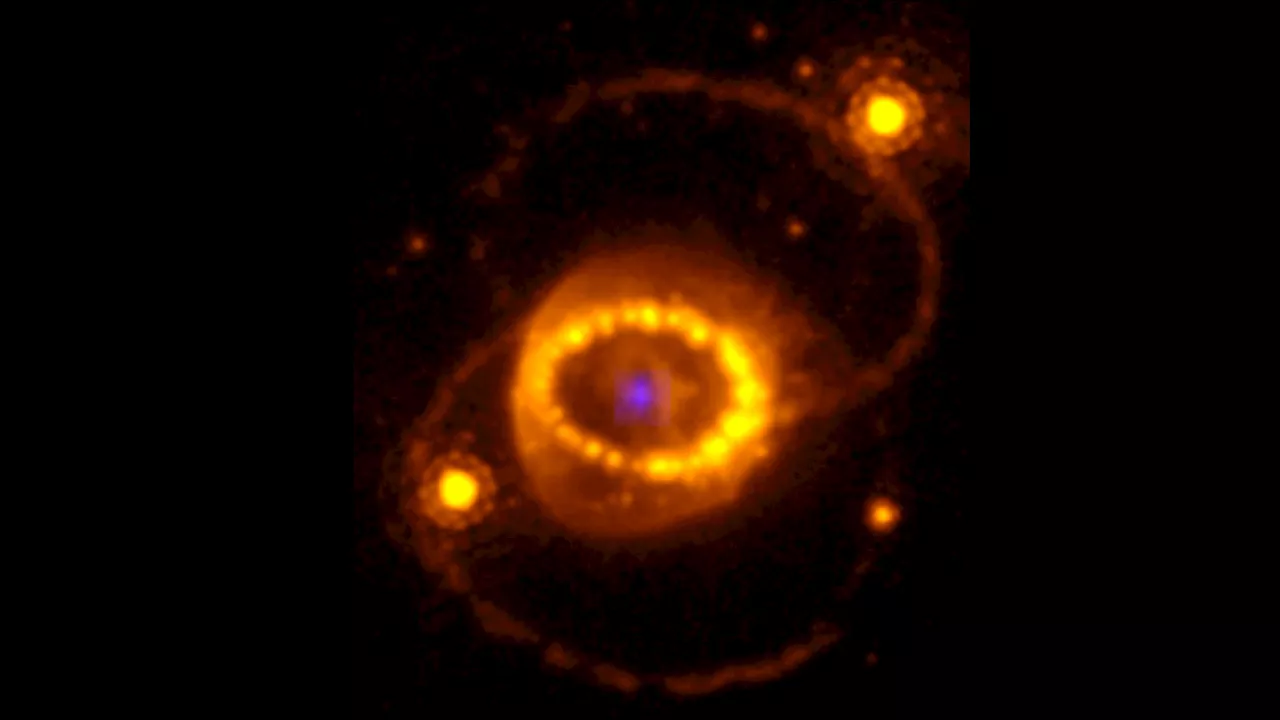 JWST spies hints of a neutron star left behind by supernova 1987ASigns of highly ionized atoms in dusty clouds at SN 1987A’s explosion site suggest a powerful source of X-rays — likely a neutron star — lurks within.
JWST spies hints of a neutron star left behind by supernova 1987ASigns of highly ionized atoms in dusty clouds at SN 1987A’s explosion site suggest a powerful source of X-rays — likely a neutron star — lurks within.
Read more »
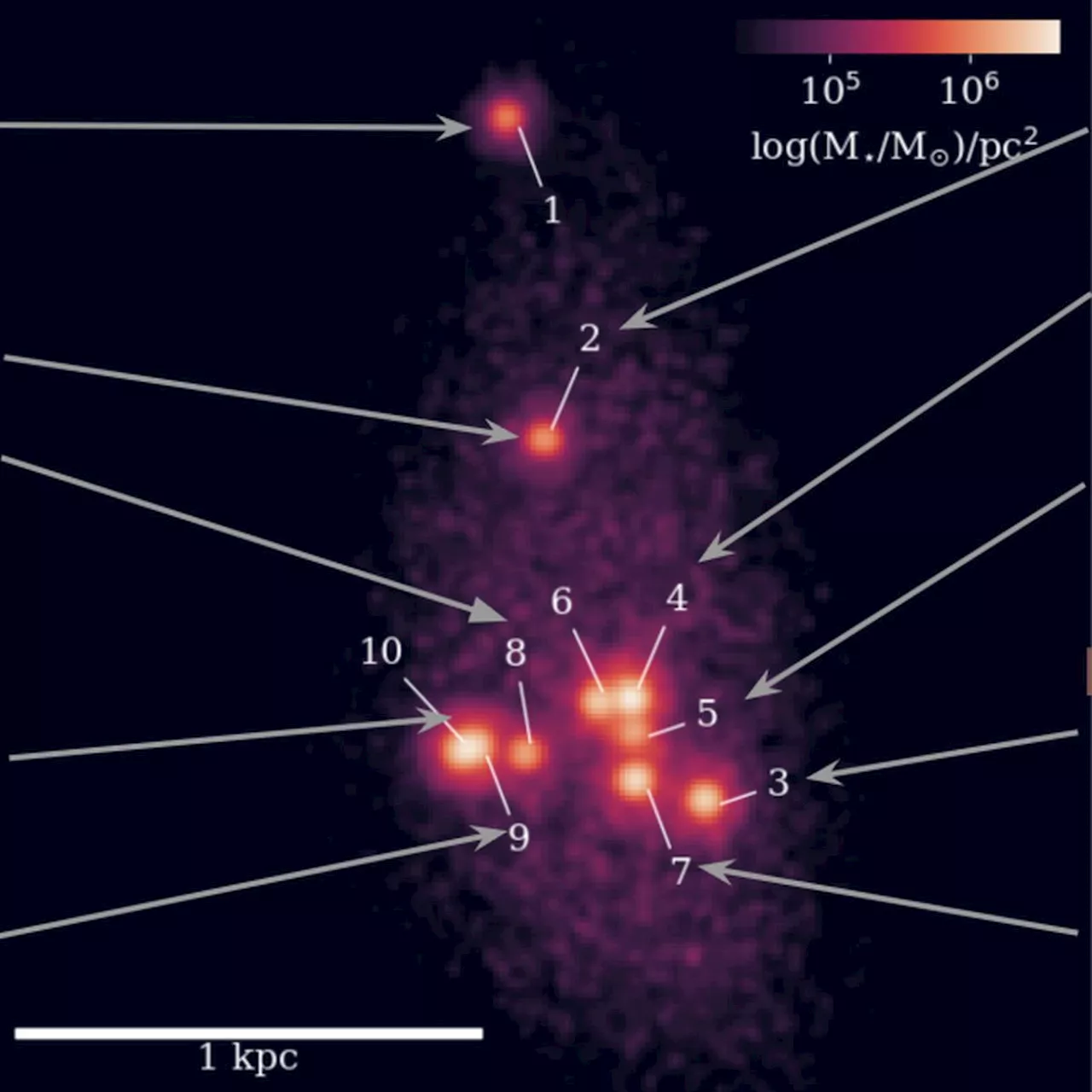 JWST Sees a Milky Way-Like Galaxy Coming Together in the Early UniverseSpace and astronomy news
JWST Sees a Milky Way-Like Galaxy Coming Together in the Early UniverseSpace and astronomy news
Read more »
 Discovery of new Li ion conductor unlocks new direction for sustainable batteriesResearchers have discovered a solid material that rapidly conducts lithium ions. Consisting of non-toxic earth-abundant elements, the new material has high enough Li ion conductivity to replace the liquid electrolytes in current Li ion battery technology, improving safety and energy capacity.
Discovery of new Li ion conductor unlocks new direction for sustainable batteriesResearchers have discovered a solid material that rapidly conducts lithium ions. Consisting of non-toxic earth-abundant elements, the new material has high enough Li ion conductivity to replace the liquid electrolytes in current Li ion battery technology, improving safety and energy capacity.
Read more »
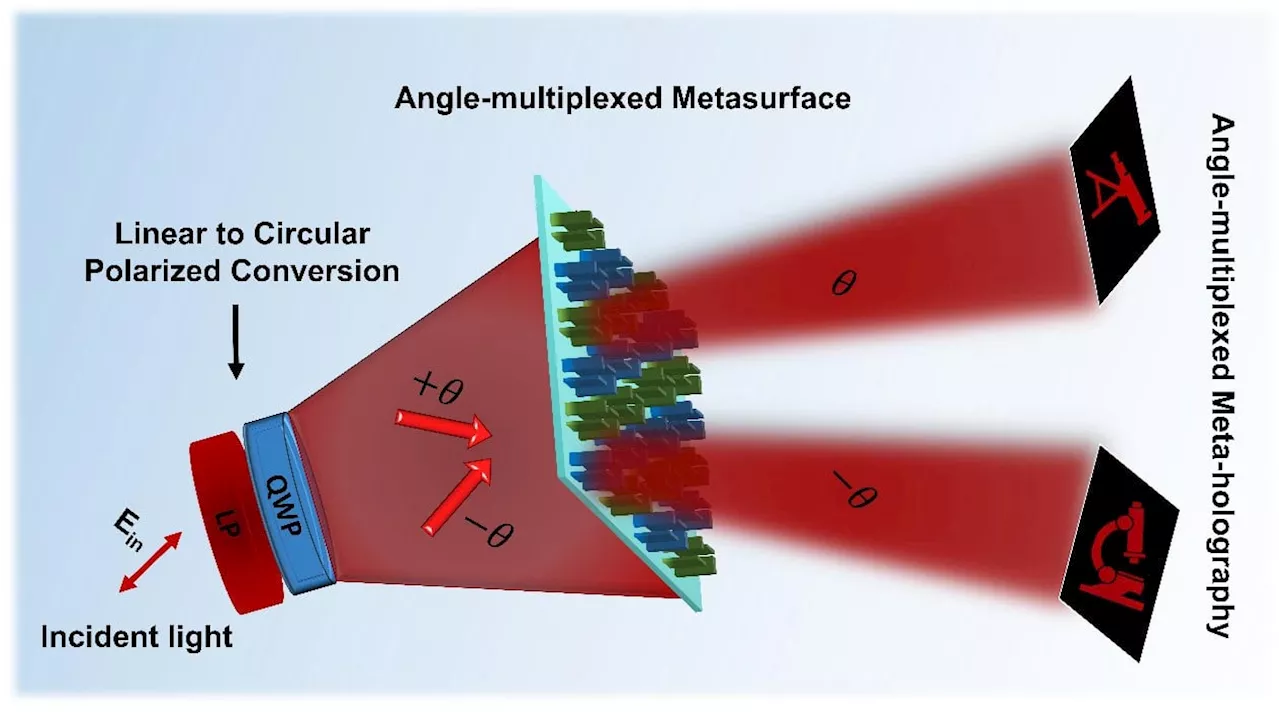 Metasurface Magic Unlocks the Future of Holographic DisplaysScience, Space and Technology News 2024
Metasurface Magic Unlocks the Future of Holographic DisplaysScience, Space and Technology News 2024
Read more »
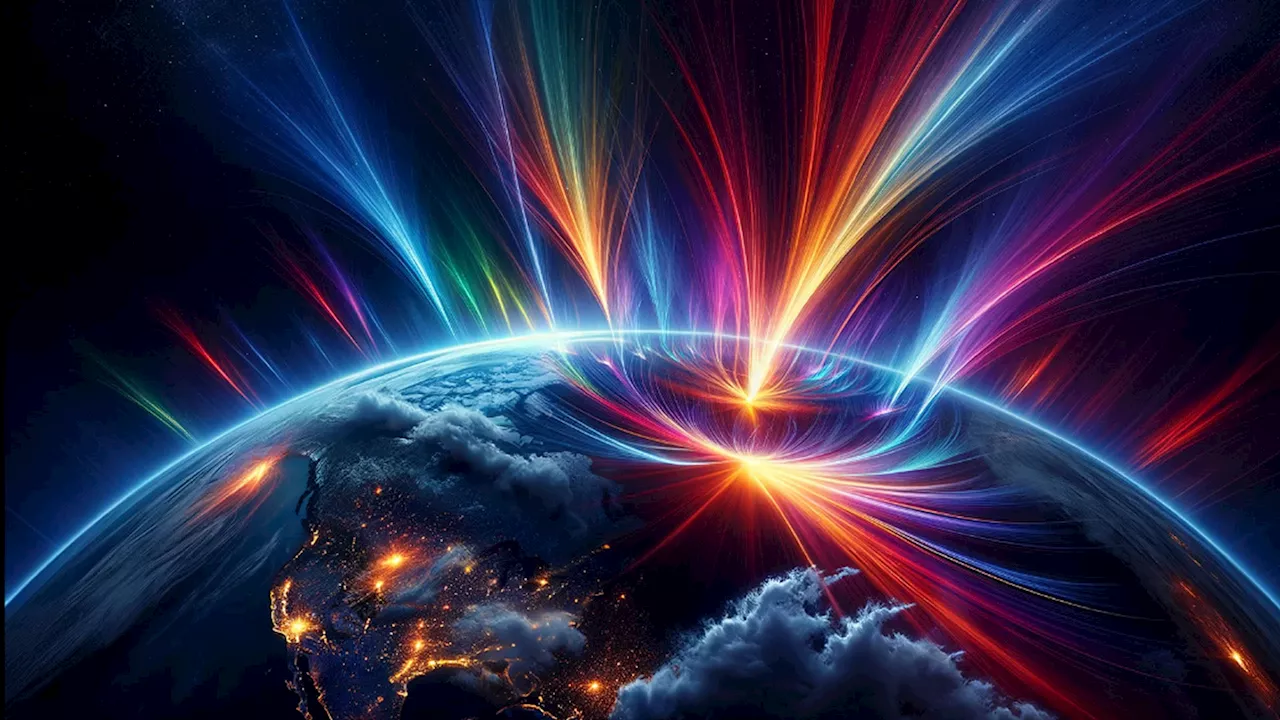 Cosmic rays revealed: Is this invisible, impactful force dangerous?Interesting Engineering is a cutting edge, leading community designed for all lovers of engineering, technology and science.
Cosmic rays revealed: Is this invisible, impactful force dangerous?Interesting Engineering is a cutting edge, leading community designed for all lovers of engineering, technology and science.
Read more »
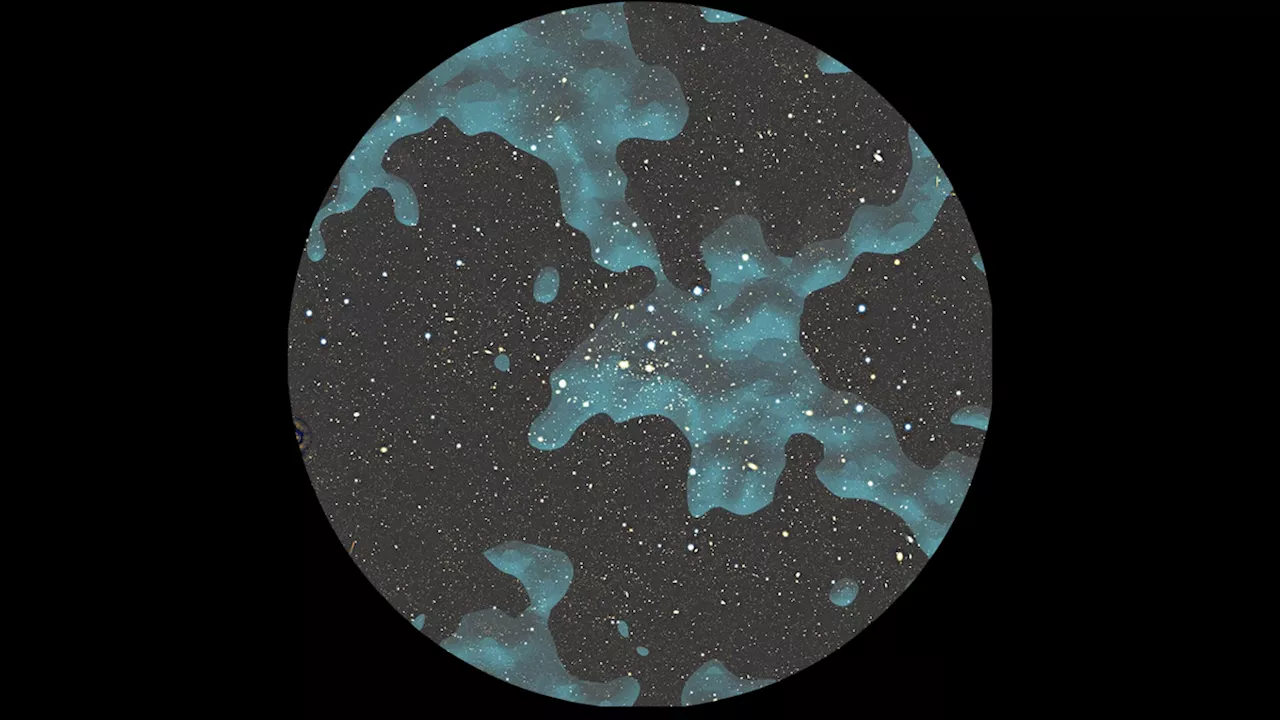 Dark matter detected dangling from the cosmic web for 1st timeRobert Lea is a science journalist in the U.K. whose articles have been published in Physics World, New Scientist, Astronomy Magazine, All About Space, Newsweek and ZME Science. He also writes about science communication for Elsevier and the European Journal of Physics. Rob holds a bachelor of science degree in physics and astronomy from the U.K.
Dark matter detected dangling from the cosmic web for 1st timeRobert Lea is a science journalist in the U.K. whose articles have been published in Physics World, New Scientist, Astronomy Magazine, All About Space, Newsweek and ZME Science. He also writes about science communication for Elsevier and the European Journal of Physics. Rob holds a bachelor of science degree in physics and astronomy from the U.K.
Read more »
